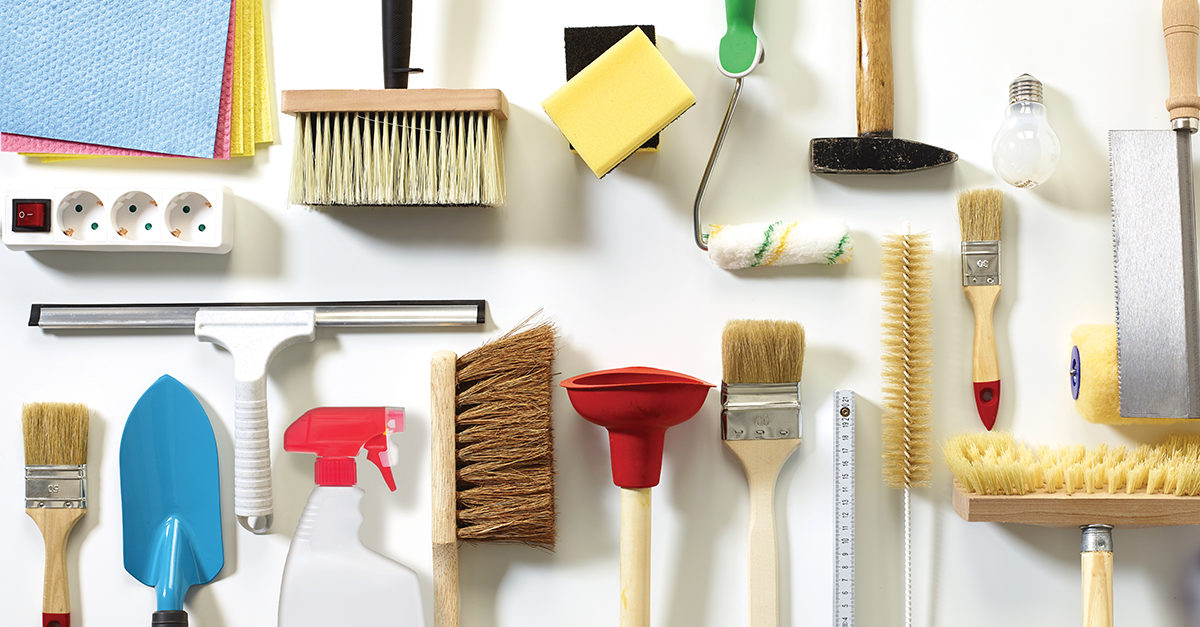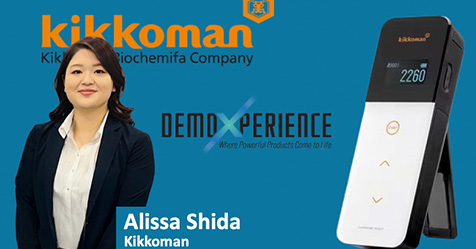Today, there is an urgent call to action to make greener, healthier, and more sustainable choices for how we clean our facilities. In fact, for many building service contractors and facility managers, the implementation of green cleaning practices is not just an option; it’s an expectation.
“People would be shocked to find out you weren’t using green cleaning principles,” says Scot Case, a sustainability consultant with Springboard International who ran the Terrachoice certification program (now UL Ecologo). However, he also says, he is fascinated to frequently find those who don’t know that they are already using green chemicals and have been for a decade.
It’s quite possible there is more hiding in your janitorial closet than meets the eye. If you were to go searching through the shelves, boxes, and containers of supplies, you might find expired, obsolete, or hazardous materials. Simultaneously, as Case pointed out, there is also a chance you will be pleasantly surprised.
For BSCs and facility managers who are looking to get serious about green cleaning initiatives, an audit of custodial closets will indicate exactly what health and environmental hazards—or beneficial materials—are hiding in there. This can provide the biggest impact in the shortest amount of time, says Mike Sawchuk, chief business development officer at Avmor Ltd., a cleaning chemicals manufacturer in North America specializing in green cleaning solutions. But what exactly should you do once you start to sort through the chaos? Here are the experts’ recommendations.
Flag Hazards and Uncertified Products
Certain types of cleaning products are more likely to contain irritants and other hazards to human health, the environment, and indoor air quality. These include aerosols, floor strippers and finishes, products that clean whiteboards, and graffiti removers. You can often identify these products by reading product labels for warnings. Flag these products, and either replace them immediately with a green-certified alternative, or plan to replace them when you run out.
Consider Concentration
Depending on the size of the facility, you will want to consider using concentrated chemicals that can be diluted or generated on site versus ready-to-use products. Using concentrated solutions reduces the amount of packaging materials, conserves energy in the manufacturing and shipping process, takes up less room for storage, and lowers cost, according to Stephen Ashkin, president of green cleaning consultant firm The Ashkin Group, LLC and executive director of the Green Cleaning Network.
Set Specs for Paper, Plastics, and Tools
Some programs might have already switched to concentrated, green-certified products. In these cases, carefully audit tools in addition to paper and plastic supplies. When selecting supplies, look to maximize the amount of post-consumer recycled content and consider packaging materials; you also may want to consider supplies that are certified by independent third parties to indicate environmental impact.
To help reduce waste, consider microfiber tools. Microfiber is a hallmark of effective green cleaning because it needs less frequent replacement, requires fewer chemicals, and is reusable.
Evaluate Equipment
True, there are tons of fancy, expensive, and sustainable equipment options on the market, and many of these can elevate a green cleaning program. But you don’t have to invest heavily upfront to make an impact. As a rule, you’ll want to flag equipment for replacement that requires large amounts of chemicals, is clunky and heavy for operators to use, and is not certified as energy efficient.
Dive into Your Dumpsters
Organizations that are serious about sustainability should have its staff take a dumpster dive as part of its audit. This can help to collect important data that can make big environmental—and financial—impacts. “Dumpster dives help us understand where the waste is coming from,” Ashkin says, whether it’s from paper towels or office supplies. “If we don’t understand that, we don’t know how to reduce it.”
As you identify the trends in your trash, consider the following:
- Look for items that could be a revenue source. Pallets, shrink wrap, and metals are all items that are often thrown away but, in certain markets, have real value. One of Ashkin’s clients makes more than US$32,000 a year selling pallets that would otherwise be thrown away. Ashkin recommends reaching out to your waste hauler to inquire about the market for some of these items.
- Rethink purchasing decisions. If the data collected from a dumpster dive primarily shows restroom paper towels, a switch to hand dryers might be deemed more environmentally efficient. If your organization finds its trash full of office supplies, you may want to reconsider if all those file folders are necessary.
- Increase efforts to recycle and reduce packaging. If you find an abundance of packaging materials in your dumpster, talk to your distributors or vendors about taking back packaging for repurposing or shipping supplies on pallets.
Apply the Results
Once you document which products, supplies, or equipment you want to replace, or if you have a specific green-certified product in mind, bring that information to your distributor. “You have to challenge the distribution to find the greener options,” Sawchuk says. “If you have a good distribution partner they will be able to search it out for you, but they may not be motivated to sell you those green products without you asking the question first.”
You can even invite your distributor to guide you through the audit process. Many have robust green cleaning training programs and expertise to help with the process.
When replacing traditional cleaning chemicals, supplies, and equipment with green alternatives, work with your distributor or vendors to look for products that are green-certified by a third party. Most experts will cite the big three third-party labels as the most reliable certifications to look for when going green: UL Ecologo, Green Seal and the U.S. Environmental Protection Agency’s Safer Choice program. These three organizations do independent testing to measure for health and environmental impact as well as effectiveness.
Because the jansan industry was one of the first to embrace green initiatives, the market for products that are environmentally superior and just as effective as traditional products is highly competitive. That’s why Sawchuk recommends to always “assume a green alternative is out there.” If your distributor or vendor tells you there isn’t one, it may be time to find a new partner.
Make the Business Case
When you’re speaking with your client or those in charge of your budget, come armed with the data you collect during your audit. “We need to be our own advocates and do so in a compelling way with real data,” Ashkin says. “Do the people in our buildings know what we’re doing for them? For years we’ve trained janitors and custodians to be invisible. We rationalize that we don’t want them to interfere with the work taking place, but we need our occupants to understand how important our work is for their health and reducing environmental impact.”
Maintain the Momentum
Ashkin says it’s common for custodial groups to let their green cleaning programs slide after a few years if an audit is not performed regularly. For example, traditional products can sneak back in when an organization hires a new employee or after a salesperson has come in to sell the group something new. Implement regular audits, set realistic expectations, and gather data on everything that’s in your closets to maintain the integrity of your green cleaning program.



